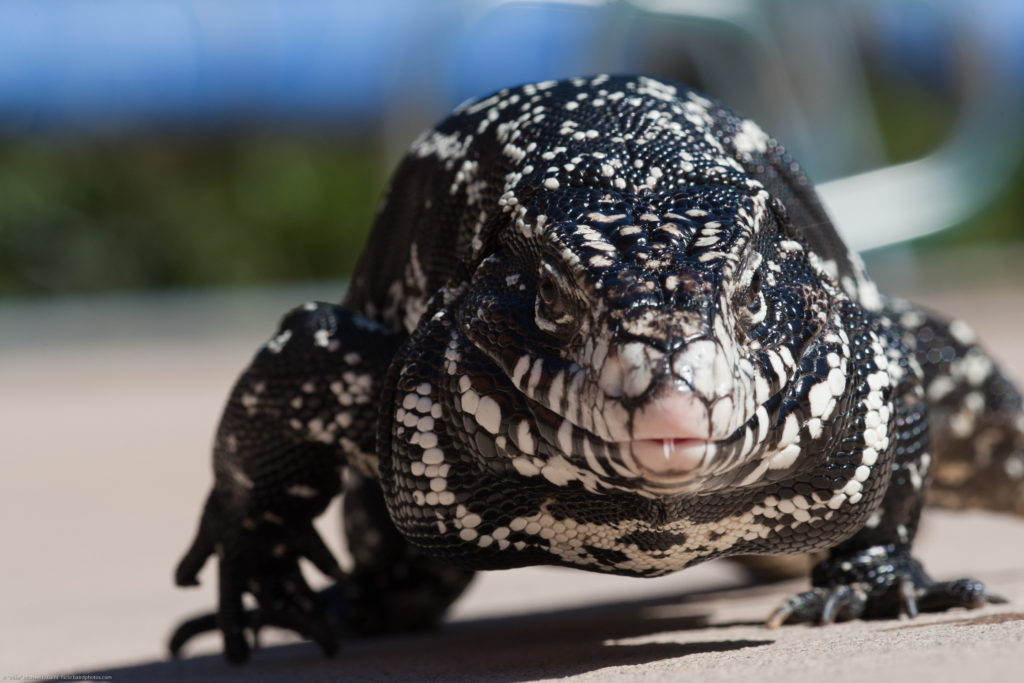
Each year, millions of exotic animals are sold as pets around the world. The term “exotic” lacks a set definition but is generally used to refer to an animal that’s wild or more unusual than standard pets, like cats and dogs.
The exotic pet trade is a multi-billion dollar industry, involving tens of millions of individual animals from thousands of species, including reptiles, amphibians, fish, birds, and mammals.
Some of the exotic pet trade is legal, but a lot of it isn’t. Many animals are illegally captured from the wild to meet the global demand for exotic pets.
People often purchase exotic animals without completely understanding the consequences. Some exotic pets, for example, can live nearly twice as long as the average dog. Caring for exotic pets can be both expensive and risky, since they are largely undomesticated (and therefore can have unpredictable behavior).
As a result, it’s not uncommon for owners to release exotic pets intentionally. When this happens, the consequences can be catastrophic. Sometimes the animal dies from starvation or predation, but in other instances, the animal proliferates and becomes an invasive species.
Invasive species are the second largest driver of biodiversity loss worldwide, and they cost the U.S. $120 billion a year.
According to an academic review recently published in the journal Frontiers in Ecology and the Environment, the exotic pet trade is one of the primary causes of the spread of invasive species and has fueled the establishment of hundreds of them. Tegus, Burmese pythons, and red lionfish are examples of pets-turned-pests.
The best way to combat this trend is through education, detection, and rapid response.
**********
Web Links
Why you should never release exotic pets into the wild
Photo, posted September 19, 2010, courtesy of Mike Baird via Flickr.
Earth Wise is a production of WAMC Northeast Public Radio.
Leave a Reply